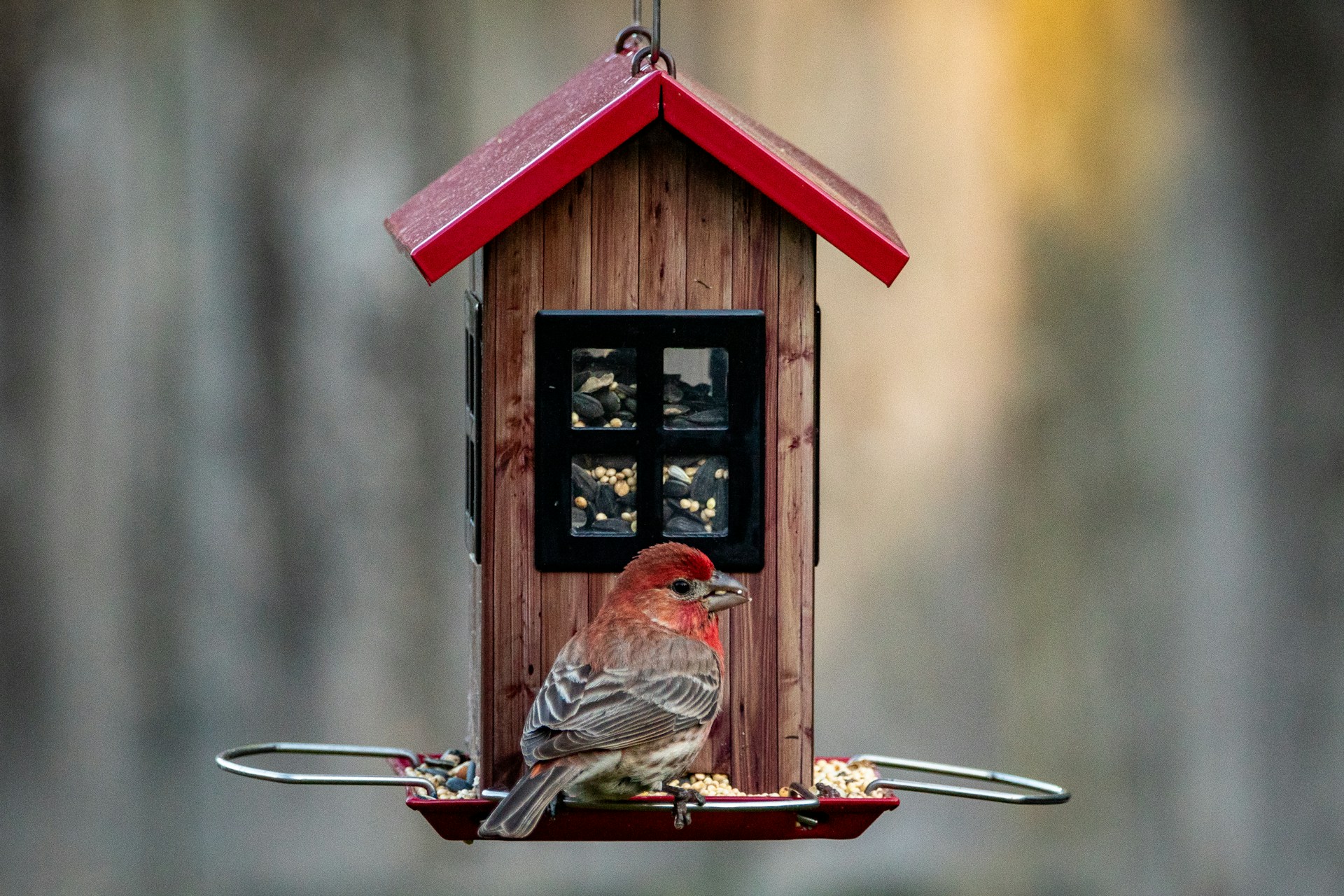PROTECT YOUR DNA WITH QUANTUM TECHNOLOGY
Orgo-Life the new way to the future Advertising by AdpathwayIf you love attracting birds to your yard, you might be wondering if you can place a hummingbird feeder next to a regular bird feeder. After all, both feeders serve the same purpose: providing food for birds. But when it comes to hummingbirds, things get a bit more complicated.
While you can put them close together, it’s not always the best idea. The interaction between hummingbirds and other backyard birds can range from peaceful coexistence to territorial disputes. It always looks like Hummingbirds are in their own little world, so keeping the feeders apart to some degree is probably best, if possible.
Do Hummingbirds and Other Birds Get Along?
Hummingbirds are small but can be fiercely territorial birds. While they often appear delicate and gentle, they are highly defensive of their food sources. If you’ve ever watched hummingbirds at a feeder, you might have noticed that they chase each other away regularly. This territorial behavior extends beyond their own species, hummingbirds may also feel threatened by larger birds at nearby feeders.
Other backyard birds, such as finches, chickadees, sparrows, and woodpeckers, don’t rely on nectar and generally won’t compete with hummingbirds. However, some aggressive species, like blue jays, grackles, and starlings, may intimidate or even harass hummingbirds, especially if feeders are too close together.
Pros of Placing Feeders Together
Despite potential conflicts, there are some advantages to placing a hummingbird feeder near a bird feeder:
- Convenience for You – If your feeders are close together, refilling them and keeping them clean is easier. You won’t have to walk all over your yard to maintain multiple feeding stations.
- Increased Bird Activity – Having multiple feeders in one area can make your yard more appealing to a variety of bird species. Once birds discover a reliable food source, they tend to return regularly.
- Some Birds Don’t Mind – Certain small songbirds, like goldfinches and chickadees, don’t bother hummingbirds. In some cases, hummingbirds and small birds have been observed feeding peacefully near each other.
Cons of Placing Feeders Together
On the other hand, there are several reasons why placing a hummingbird feeder next to a regular bird feeder might not work well:
- Hummingbirds Might Avoid the Feeder – If larger birds constantly visit a nearby feeder, hummingbirds may feel intimidated and choose to stay away.
- Aggressive Birds Can Be a Problem – Species like blue jays, starlings, and house sparrows may attempt to take over the hummingbird feeder, preventing hummingbirds from feeding.
- Increased Risk of Spills and Contamination – Seed-eating birds can be messy, scattering husks and debris around. If this waste gets into the hummingbird nectar, it can spoil more quickly or attract unwanted pests like ants and bees.
- More Frequent Territorial Disputes – Hummingbirds already compete with each other for food. Adding other birds into the mix can lead to more aggressive behavior and stress.
Final Thoughts
In most cases, it’s best to keep hummingbird feeders and regular bird feeders separate to avoid territorial disputes and intimidation. Don’t be overly hasty to move your hummingbird feeder, as they tend to return to the same place year after year. While some backyard birds can coexist peacefully with hummingbirds, larger or aggressive species may scare them away.
If you do place the feeders close together, monitor bird behavior and make adjustments if necessary. A distance of at least 10 to 15 feet between feeders will provide enough space for both hummingbirds and other birds to feed comfortably.
By creating a well-planned feeding setup, you can enjoy a lively and diverse bird population in your yard while ensuring that hummingbirds have a safe and stress-free place to eat.























 English (US) ·
English (US) ·  French (CA) ·
French (CA) ·